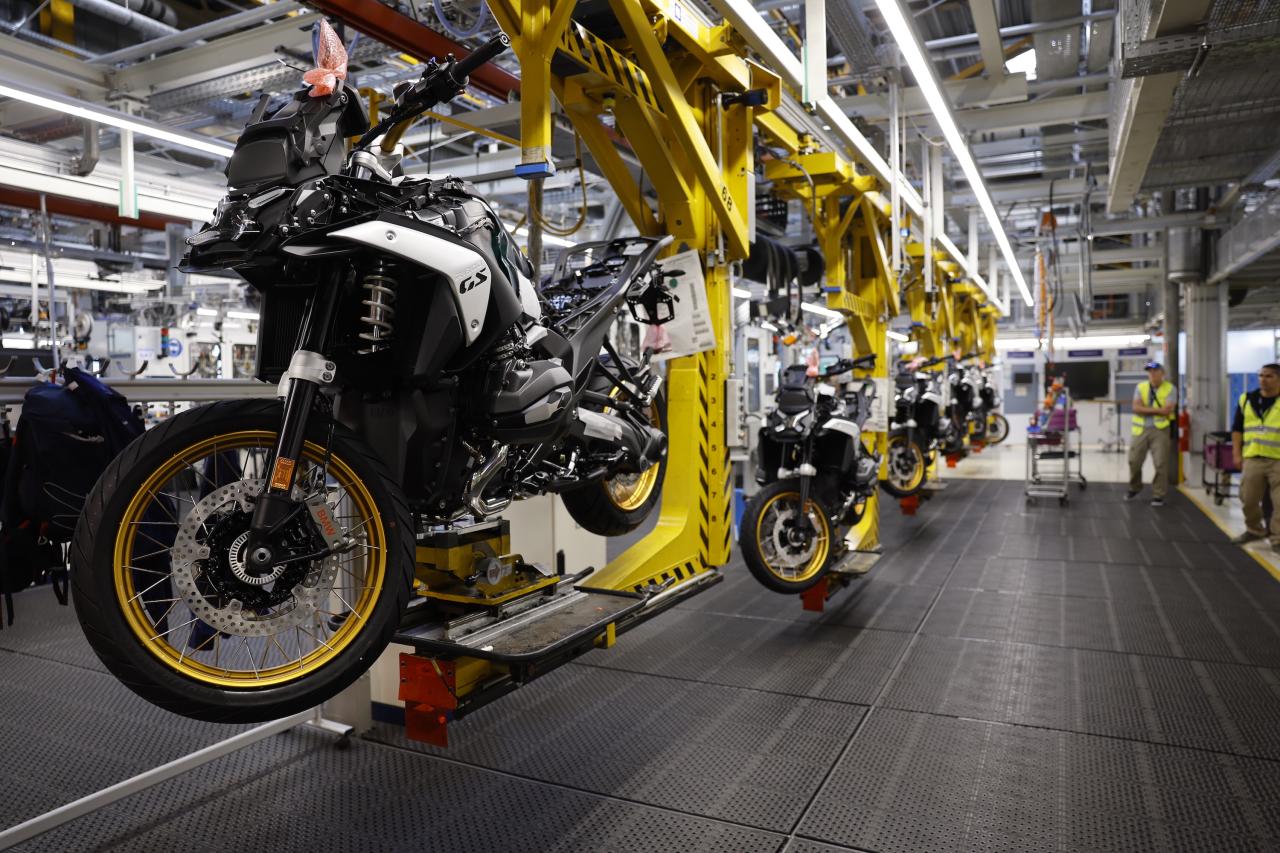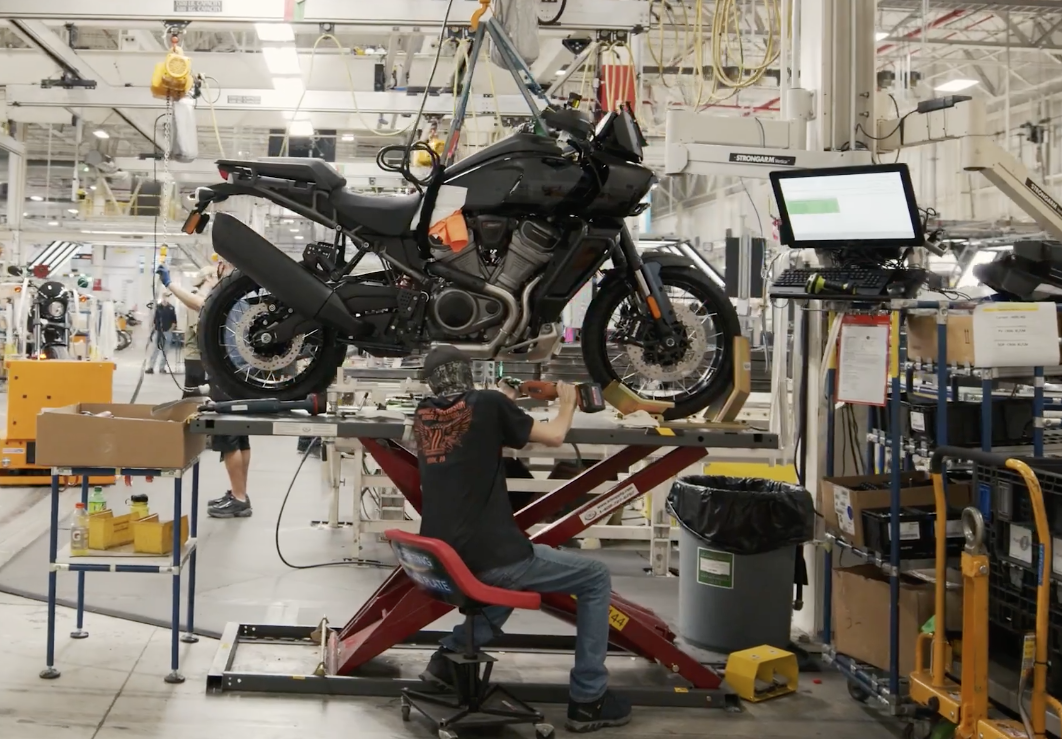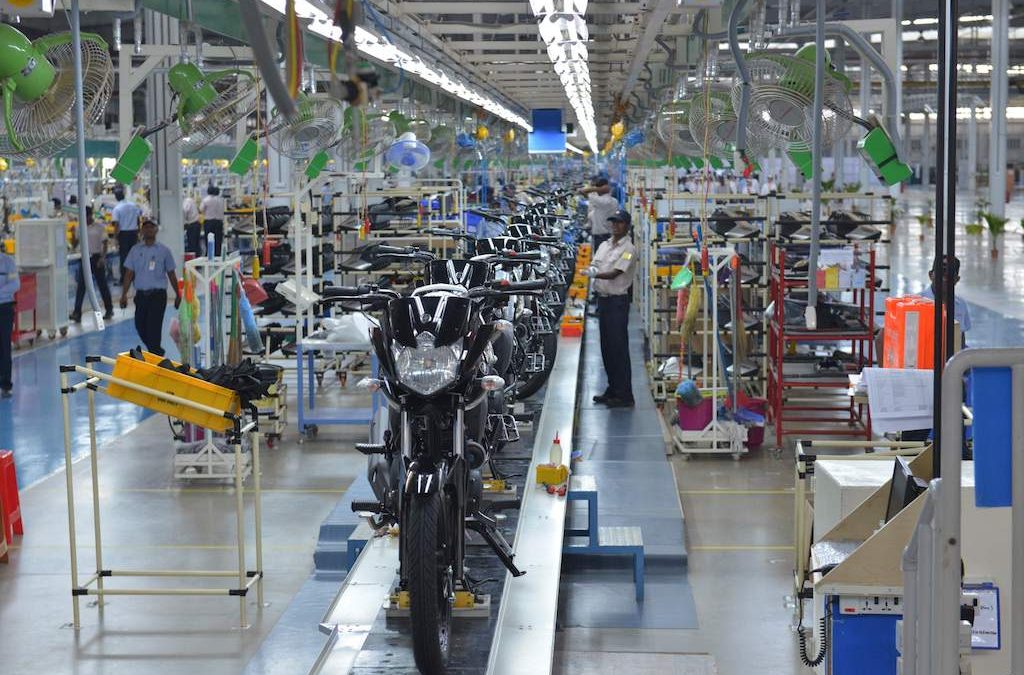
Introduction
Painting a motorcycle can be an exciting project, but one of the most common questions that arise is, ‘How much paint to paint a motorcycle’? Understanding the right amount of paint required for your motorcycle is crucial to avoid wastage and to ensure a smooth, even finish. In this guide, we will delve deeply into this topic, providing you with comprehensive insights and tips for a successful painting project.
Factors Influencing Paint Quantity
Motorcycle Size and Model
The size and model of the motorcycle significantly influence the amount of paint needed. Smaller bikes such as scooters may require less paint compared to larger touring motorcycles.
Type of Paint
The type of paint, whether it’s primer, base coat, or clear coat, also determines the quantity needed. Base coats often require more paint than primers or clear coats.
Number of Coats
How many coats you plan to apply will affect the overall paint quantity. Typically, a good paint job involves a primer coat, several base coats, and a couple of clear coats.
Step-by-Step Guide to Calculating Paint Quantity
Step 1: Measurement
Measure the surface area of each part of the motorcycle that you plan to paint. Include fenders, fuel tank, side panels, and the frame if necessary.
Step 2: Surface Preparation
Preparation is key to a smooth finish. Sanding, cleaning with a degreaser, and applying a primer will make the paint adhere better, reducing the amount needed for a perfect finish.
Step 3: Using Paint Calculators
Several online calculators can help estimate the amount of paint required. These tools consider the surface area and the type of paint being used.
Step 4: Consulting Professionals
For an accurate estimate, consulting with a professional painter or referring to the motorcycle’s manual can provide specific paint quantity recommendations.
Types of Paint Used in Motorcycle Painting
Single-Stage Paint
This type of paint combines the base coat and clear coat into one, making it convenient but may require more paint for an even finish.
Two-Stage Paint
This involves a separate base coat and clear coat, offering better durability and finish. This method may require less paint as each layer is applied separately.
Three-Stage Paint
This is the most complex method, involving a primer, base coat, and clear coat. This process is often used for custom or high-end paint jobs and may be more paint-intensive.
Cost Considerations
Paint Quality
Higher quality paints tend to be more expensive, but they offer better coverage and longevity, reducing the overall paint needed.
Branding
Well-known paint brands may offer better quality but could be pricier. Its essential to balance quality and cost to get the best results without overspending.
Additional Costs
Besides the paint, other materials such as primer, clear coat, and application tools add to the total cost.
Painting Techniques to Reduce Paint Usage
Proper Spray Techniques
Using efficient spray techniques can help reduce paint wastage and ensure an even coat.
Layering
Applying multiple thin layers instead of one thick layer can save paint and prevent drips.
FAQs
How much paint do I need for a small motorcycle?
A small motorcycle typically requires 1 to 2 quarts of paint for a complete paint job, including the primer, base coat, and clear coat.
Can I use car paint on my motorcycle?
Yes, car paint can be used on motorcycles, but its essential to use the right type of paint and following proper preparation and application techniques is critical for a good finish.
What factors affect paint adhesion?
Proper surface preparation, the type of paint, environmental conditions, and application techniques all affect how well the paint adheres to the motorcycles surface.

Conclusion
Determining how much paint to paint a motorcycle is a critical aspect of the painting process. By considering factors such as the motorcycles size, type of paint, and number of coats, and by following proper preparation and application techniques, you can ensure a professional and lasting finish. Whether you are a DIY enthusiast or consult with professionals, understanding these facets will help you achieve the best results for your motorcycle painting project.
For more insights and tips on motorcycle painting, visit this extensive guide.
Genetic Analysis | Wafer Polishing | Manufacturing Inspection | Tachometer System | Turbine Engine
